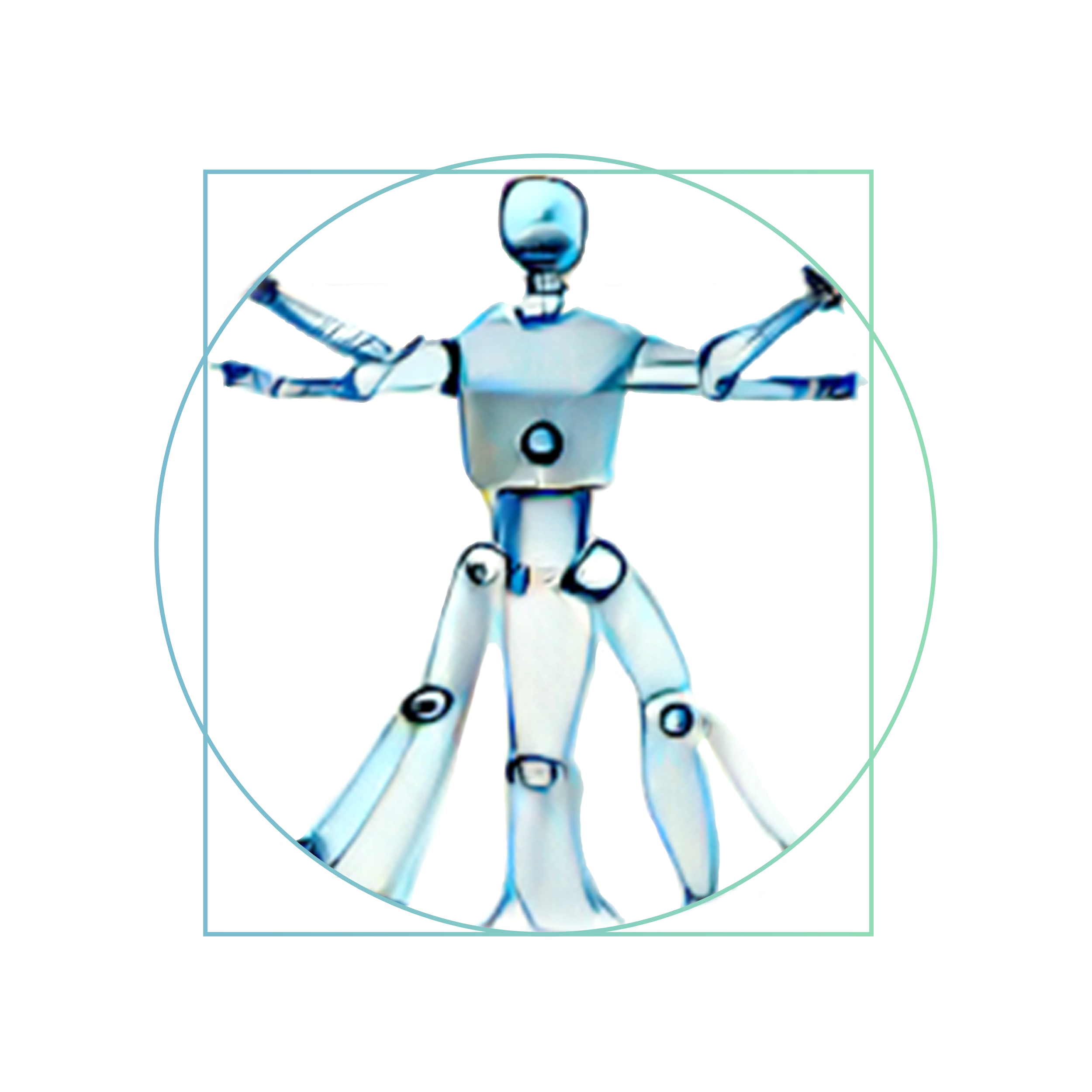Visual Feature Discovery in Colonial Korean Print using MIL
DH2025
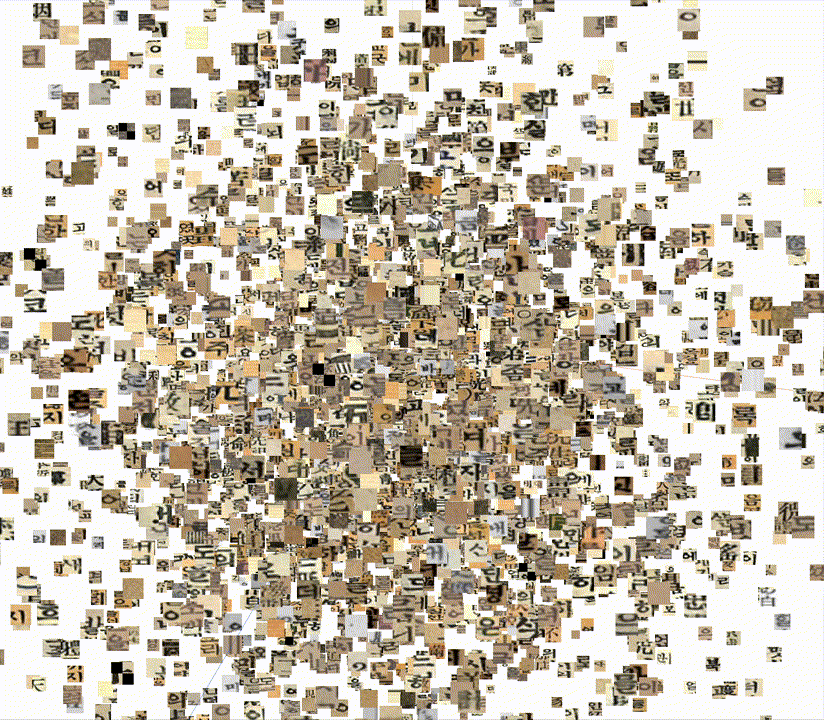
Colonial Korea
- Colonial Korea (1910-1945)
- 1910s no free press
- March 1st Protests incited change
- More liberal press policies in the colony
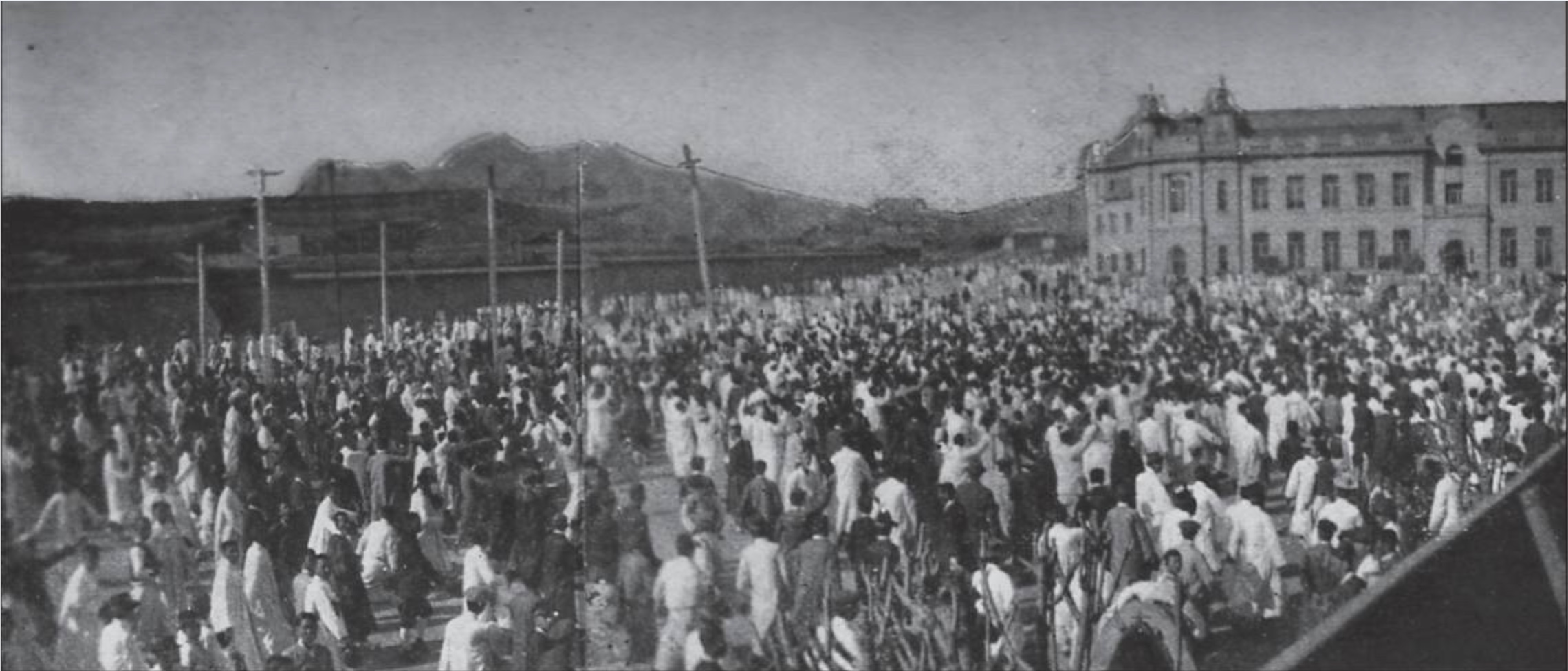
The 1920s
- During the 1920s, choice of 100-200 different print shops.1
- Choice influenced outcome.
- A good example are poems from Kim So-wŏl’s Chindallaekkot 진달래꽃 collected works.
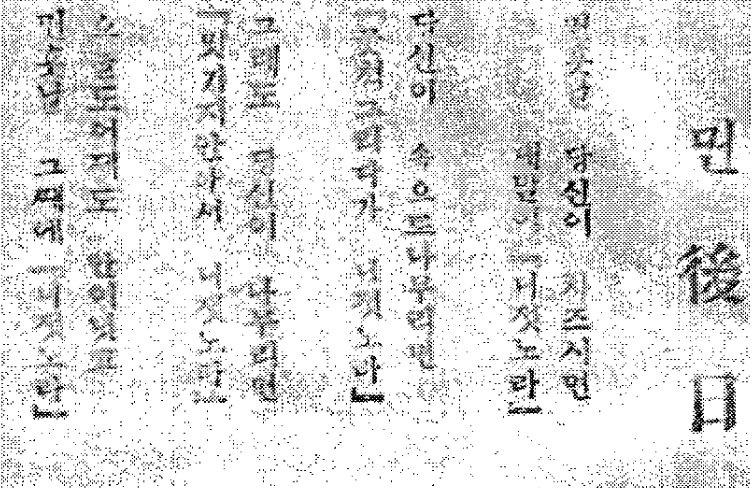
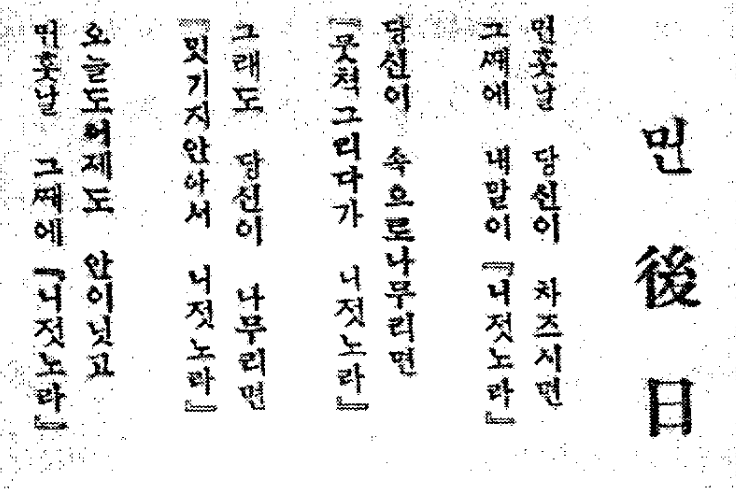
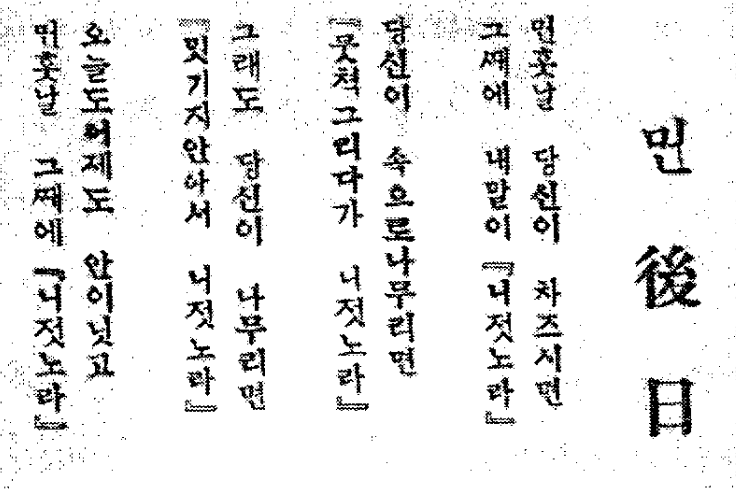
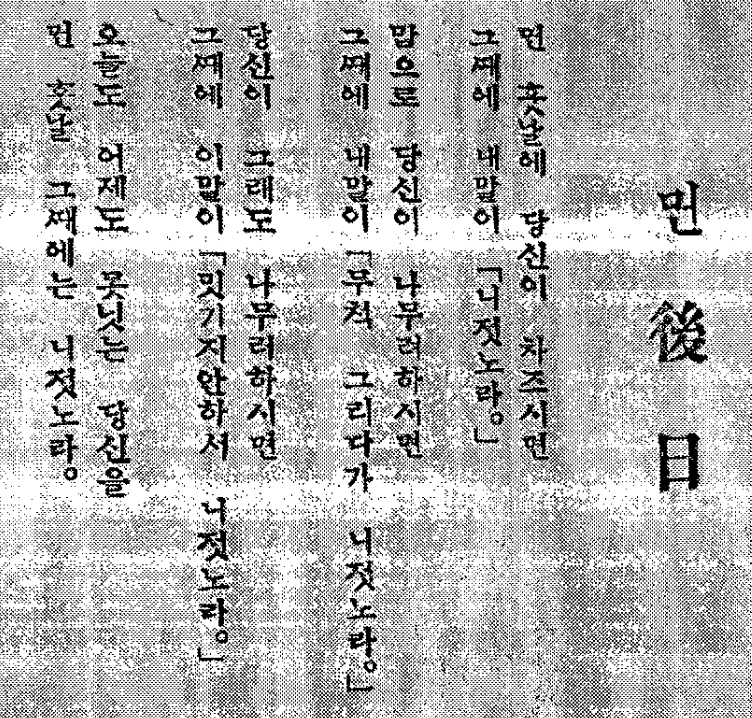
The 1920s
- During the 1920s, choice of 100-200 different print shops1
- Choice influenced outcome
- A good example are poems from Kim So-wŏl’s Chindallaekkot 진달래꽃 collected works




Characteristics?
- Work done by De Fremery1
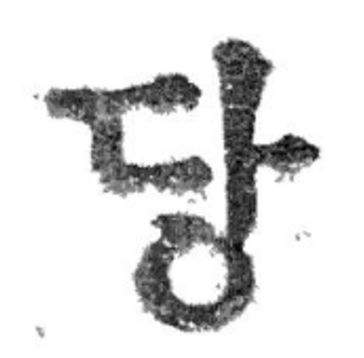
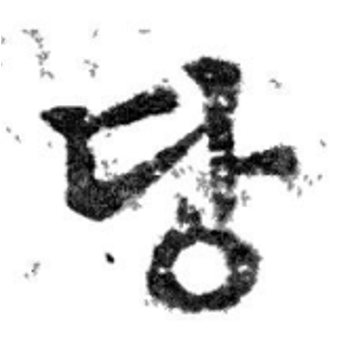
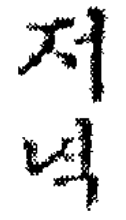
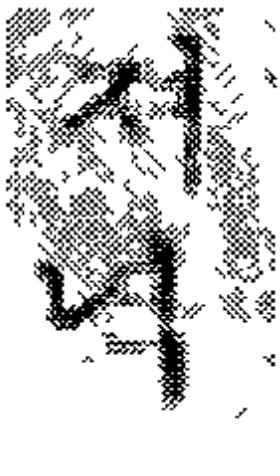
Research
Can neural networks be used to classify historical print shops and identify the specific visual features that distinguish their typographic styles?
Interpretability
- All studies aim to detect, but how a model detects is often neglected
- For CNNs and Vision Transformers, several interpretability methods have proven successful
- GradCAM and derivates1
- SHAP (SHapley Additive exPlanations)2
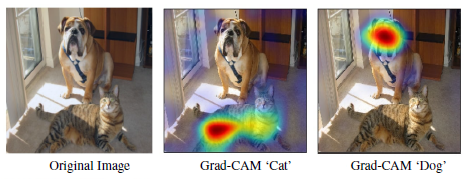
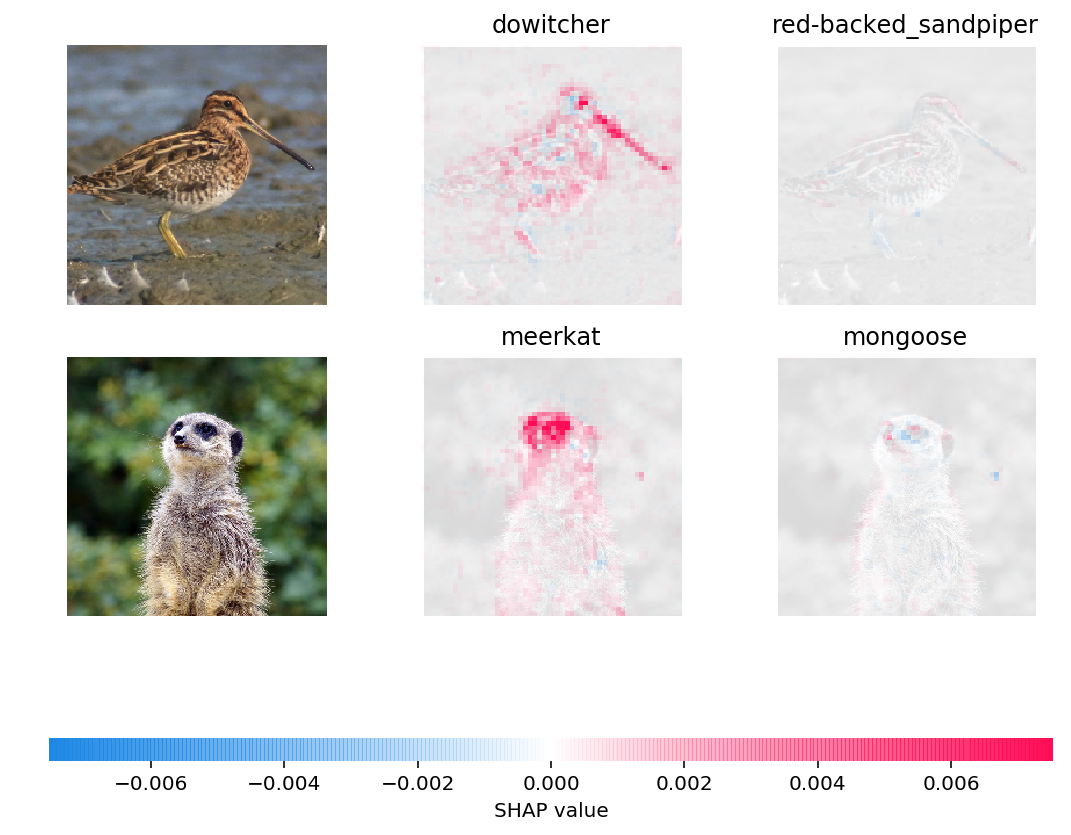
Dataset
| Printshop | Printshop (KR) | Pages | Percentage |
|---|---|---|---|
| Taedong Inswaeso | 大東印刷所 | 27,882 | 42.07% |
| Hansŏng Toso Chusik Hoeisa | 漢城圖書 株式會社 | 19,244 | 29.04% |
| Sinmungwan | 新文館 | 13,050 | 19.69% |
| Chosŏn Inswae Chusik Hoeisa | 朝鮮印刷株式會社 | 6,101 | 9.20% |
| Total | 66,277 | 100% |
- Class Imbalance: This distribution reflects real-world production volumes.
- We Chose not to implement class rebalancing techniques.
Dataset
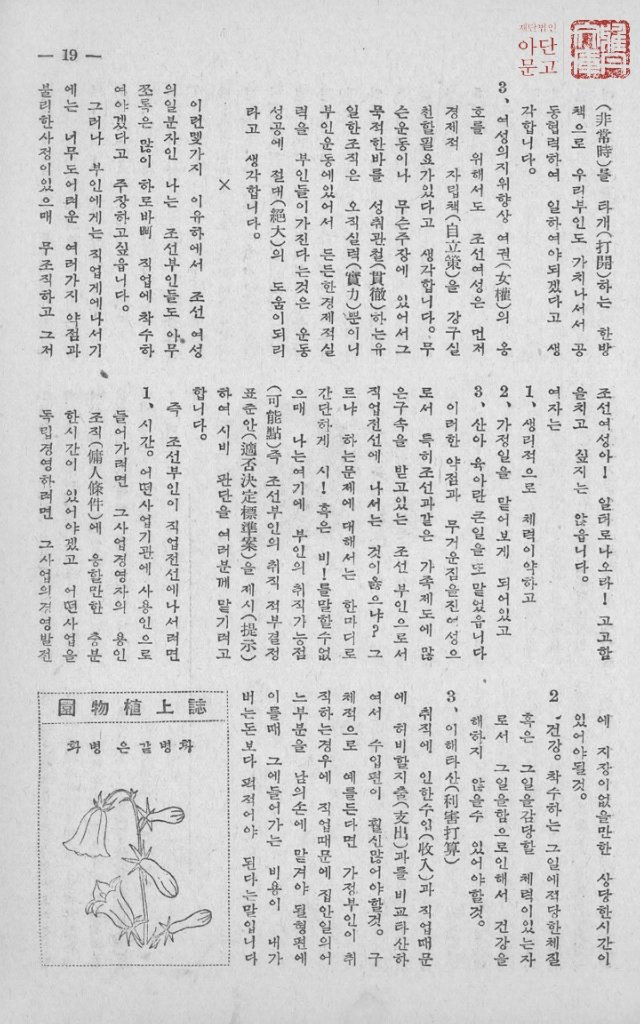
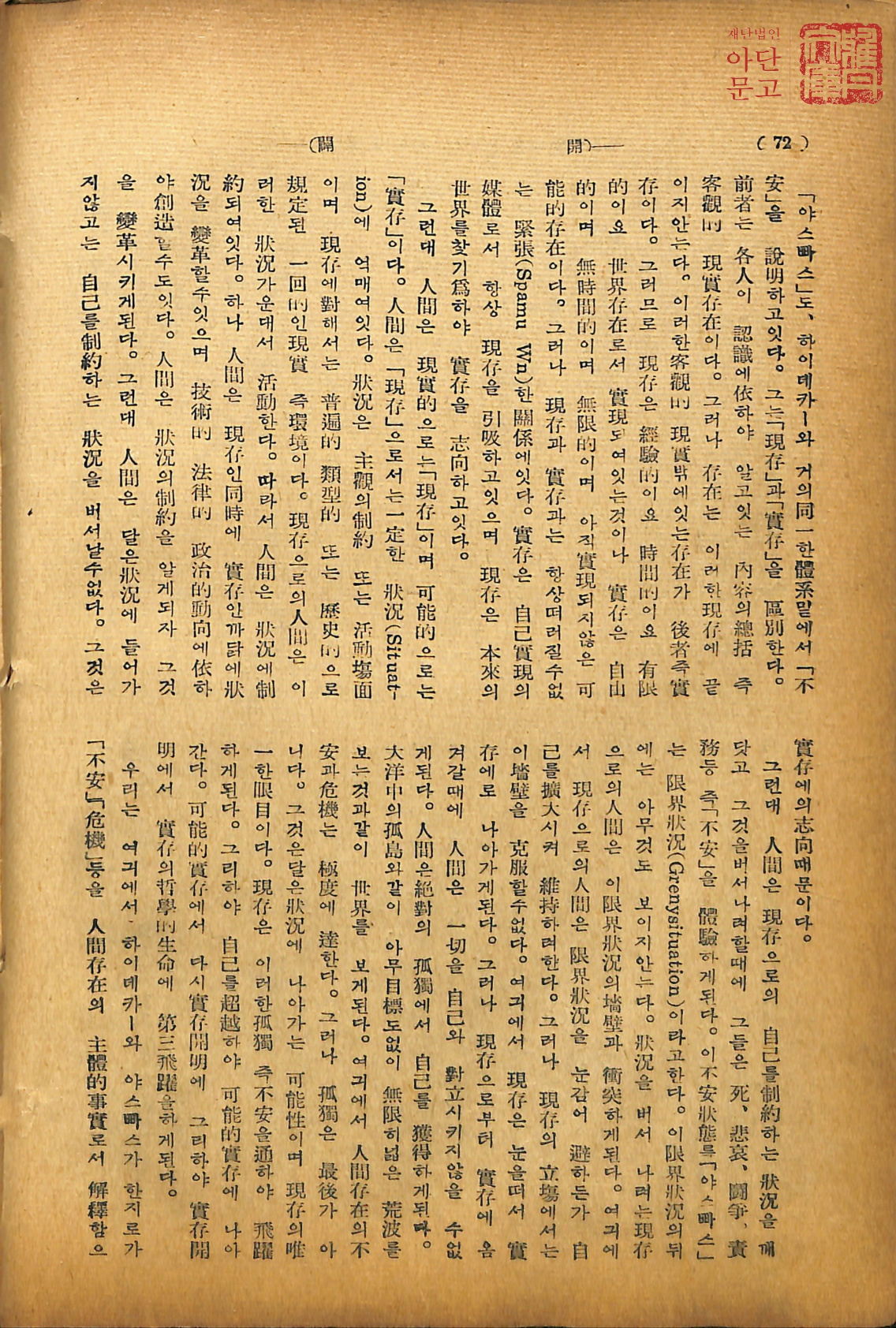
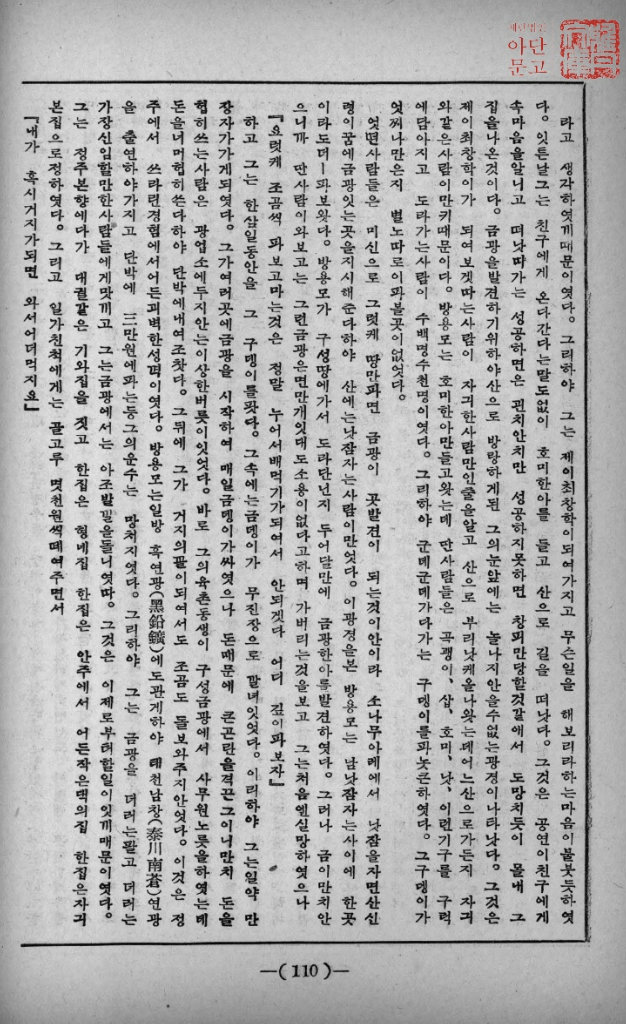
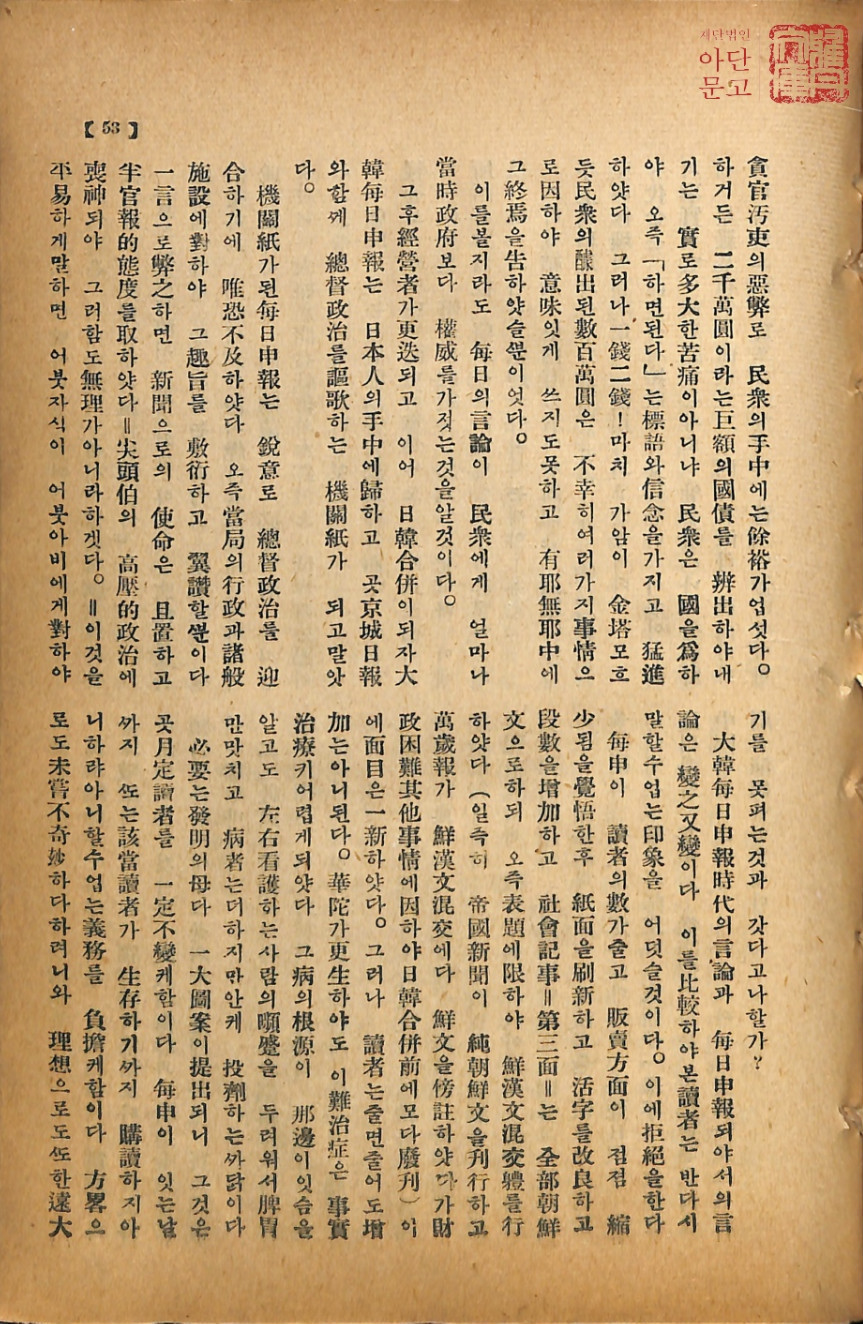
Examples of pages in the dataset.
Results Approach 1
ConvNext Base architecture - 98% Accuracy (F1=0.98)
Can neural networks be used to classify historical printshops and identify the specific visual features that distinguish their typographic styles?
Approach 2
Following idea of Seuret et al.1 a page is cut into 4 random cutouts, while reducing overlap to max 30%
Approach 2 Results
99.8% Accuracy (F1=0.99) Swin S3 Base-224
Can neural networks be used to classify historical printshops and identify the specific visual features that distinguish their typographic styles?
MIL
- Multi Instance Learning.1
- Used in the field of medical imagery.2
- Similar issues faced by humanists:
- Retrieve model’s decision making
- Interpretably decision making
- We follow the AttriMIL implementation of Cai et al.3
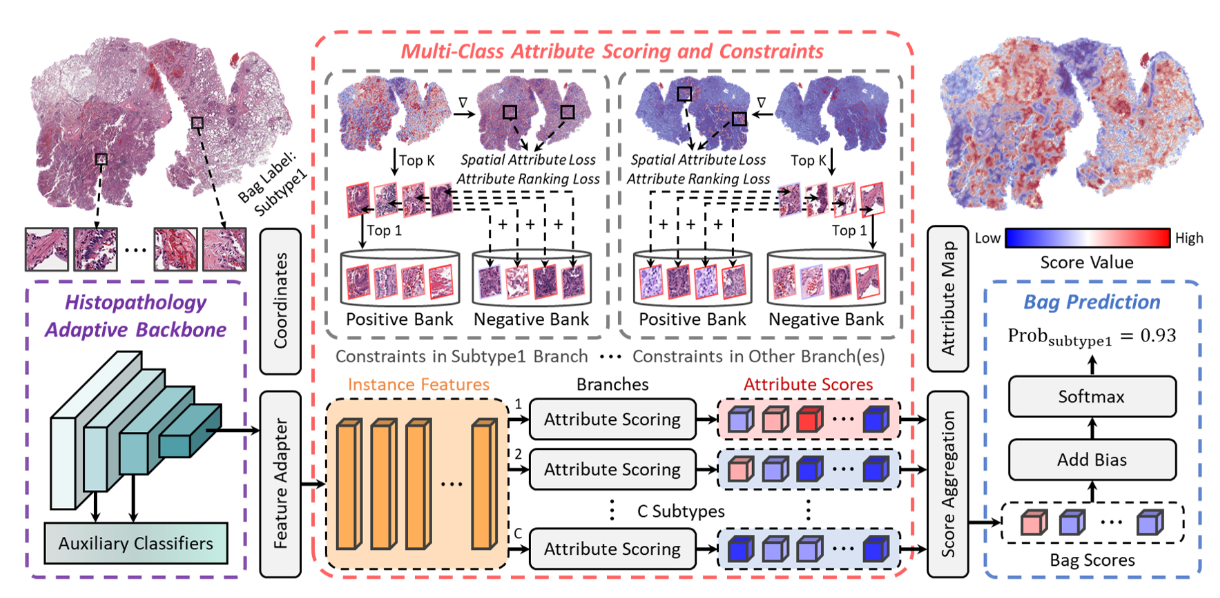
MIL Applied
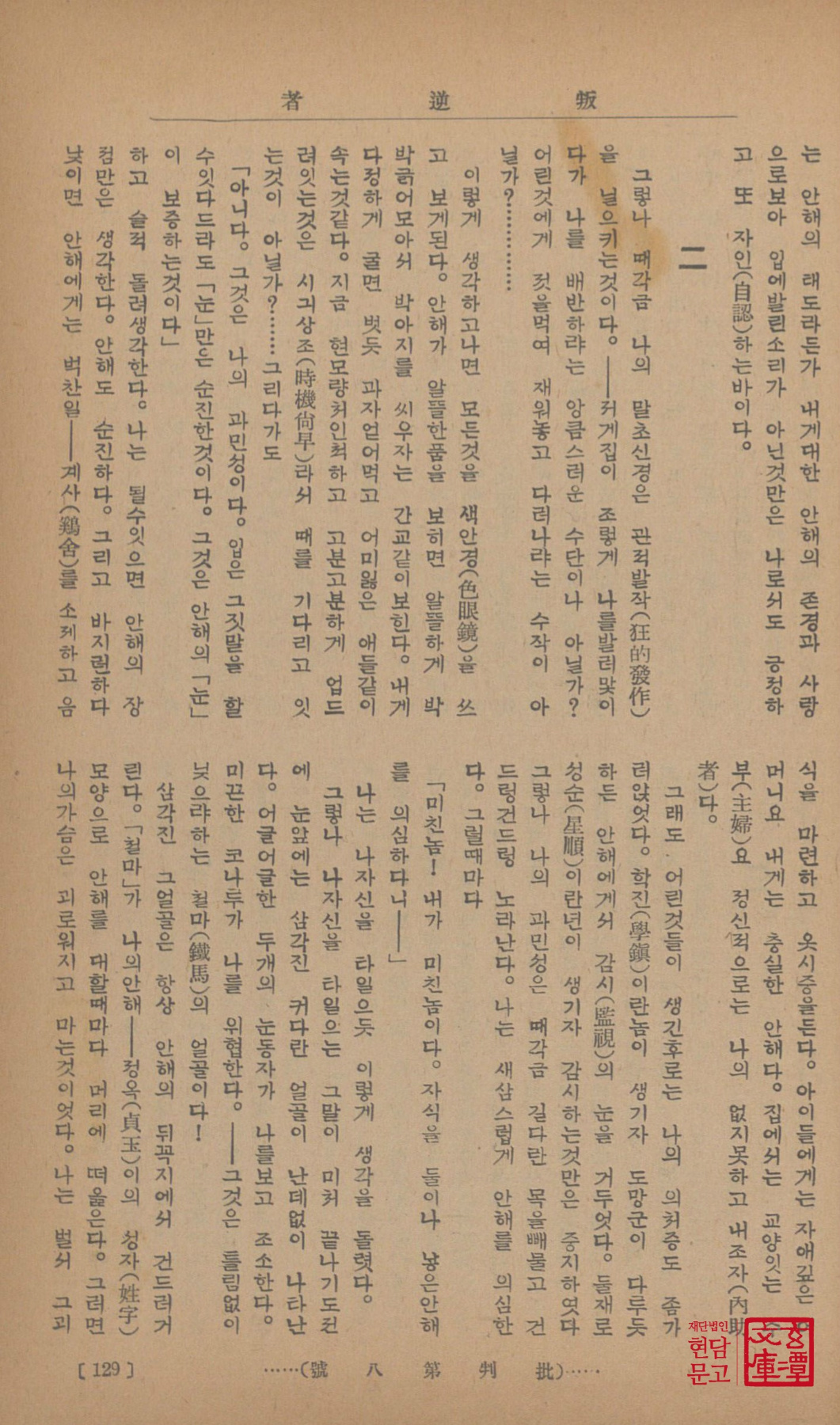
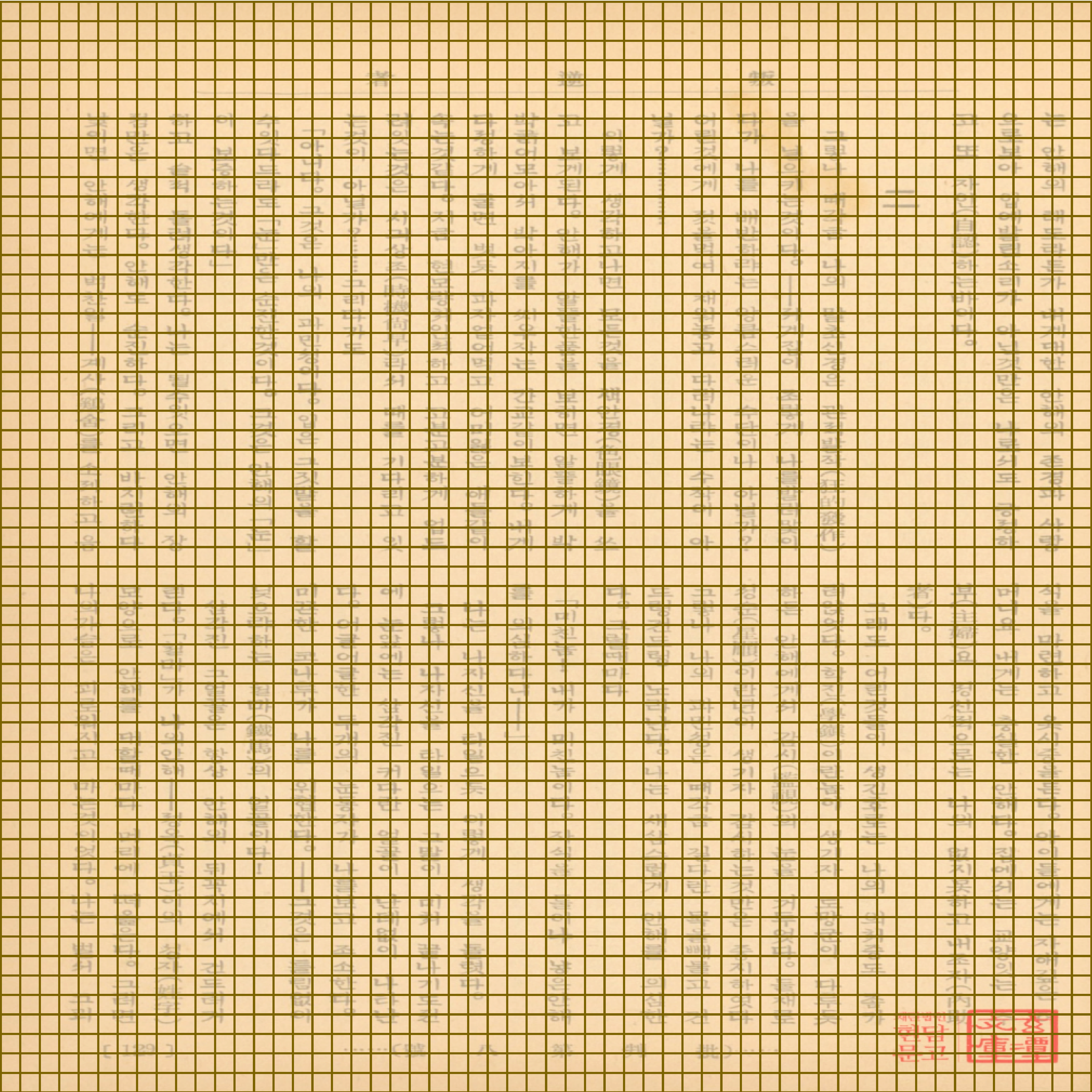
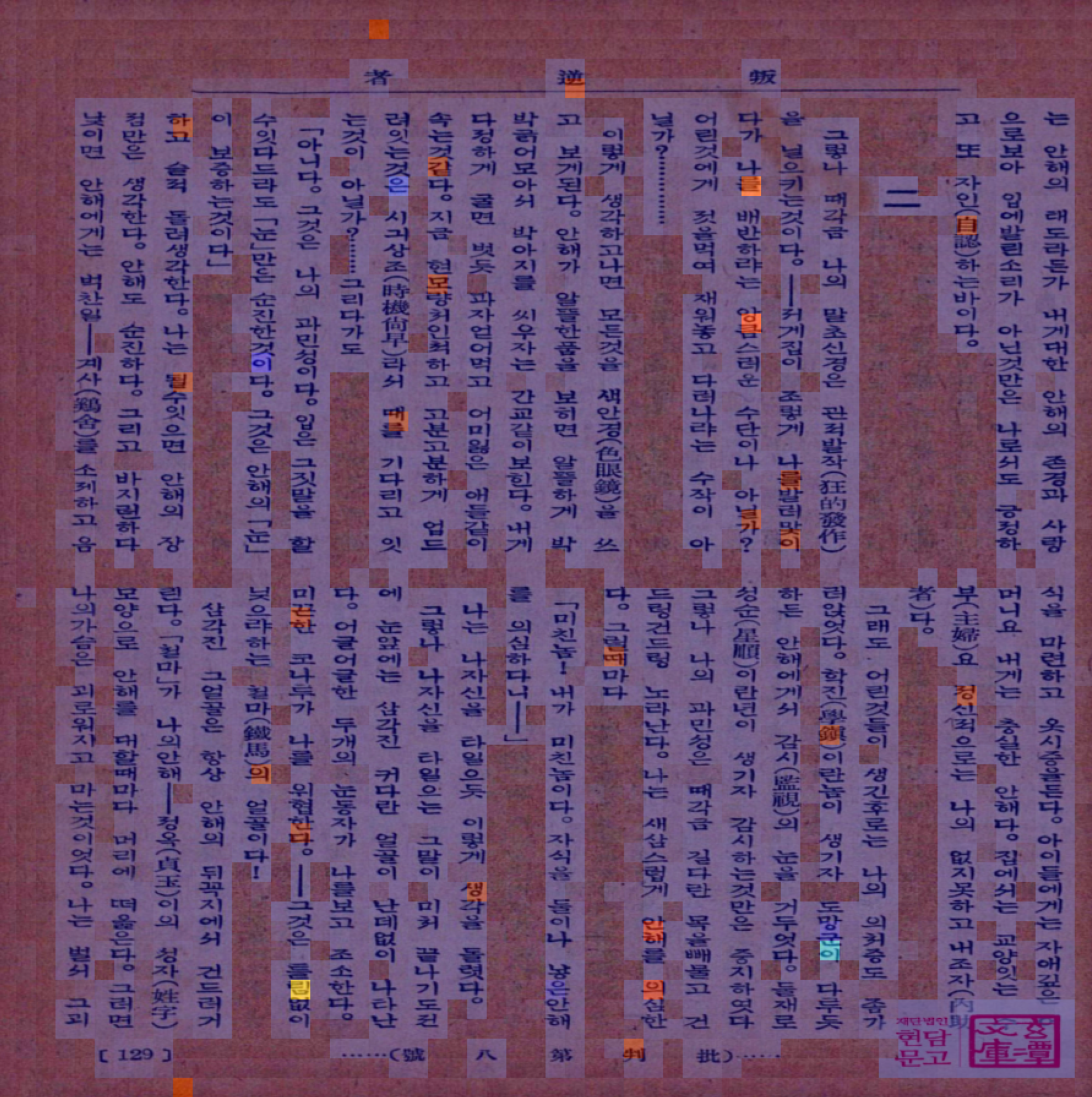




Embeddings Space
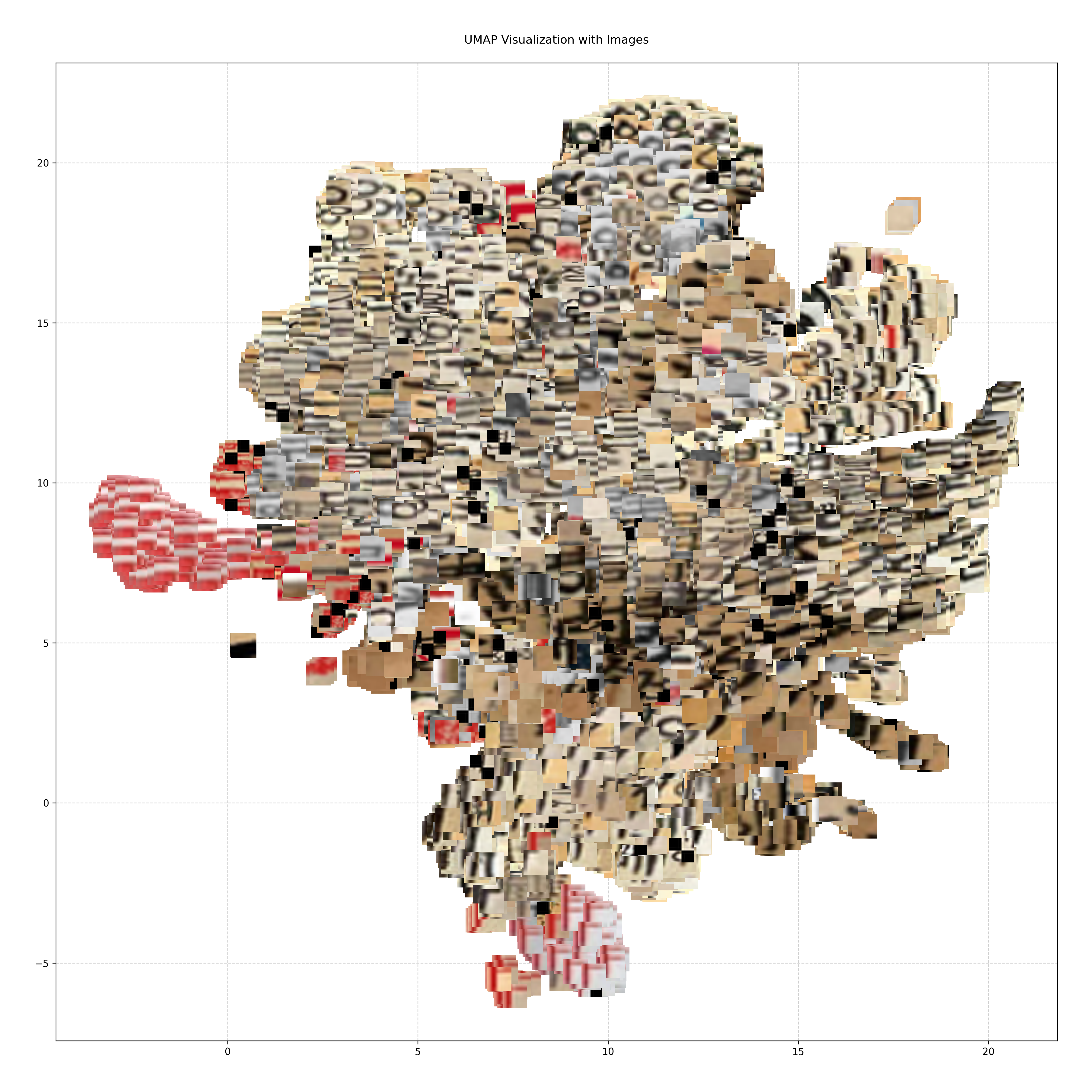
Embeddings Space
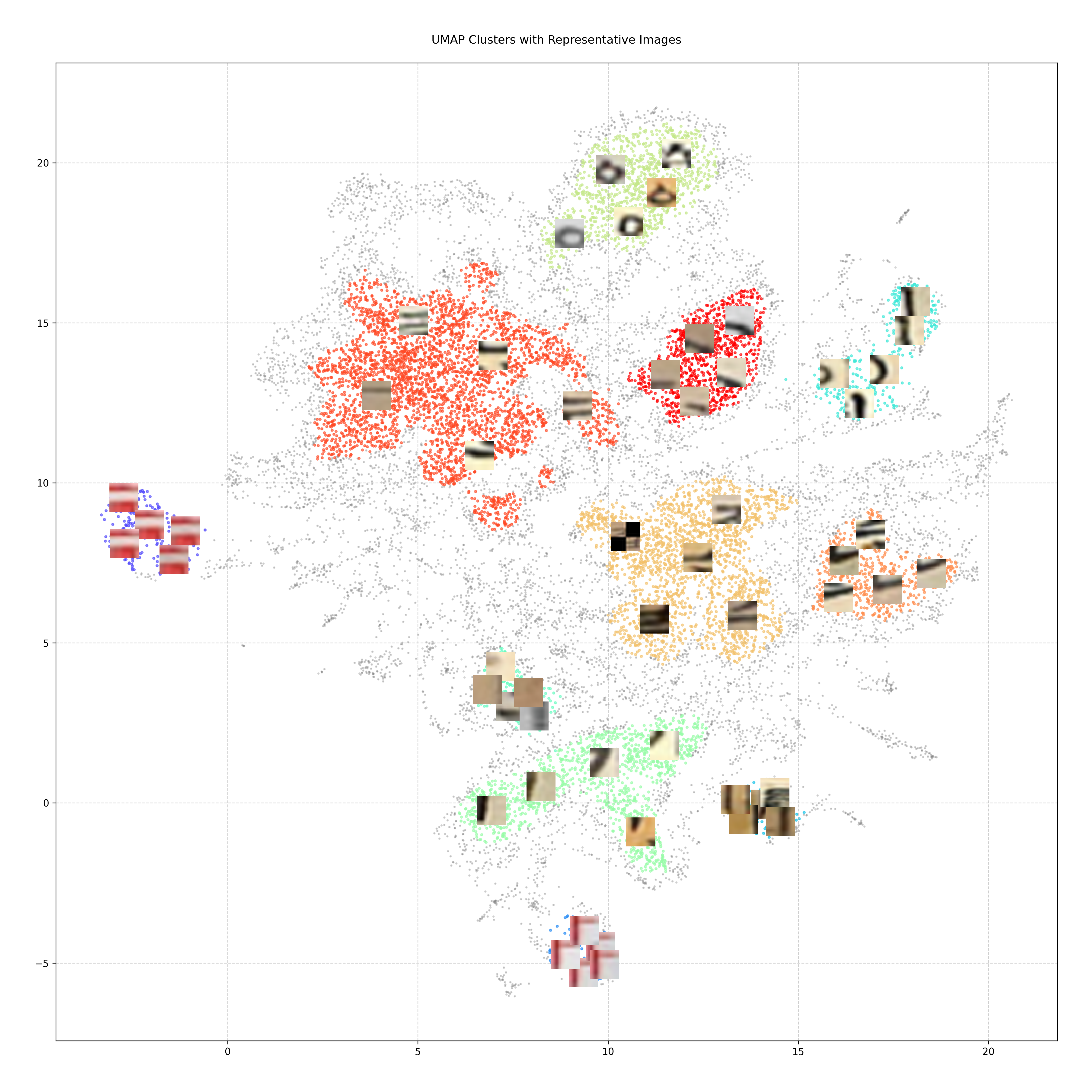
Sampling clusters
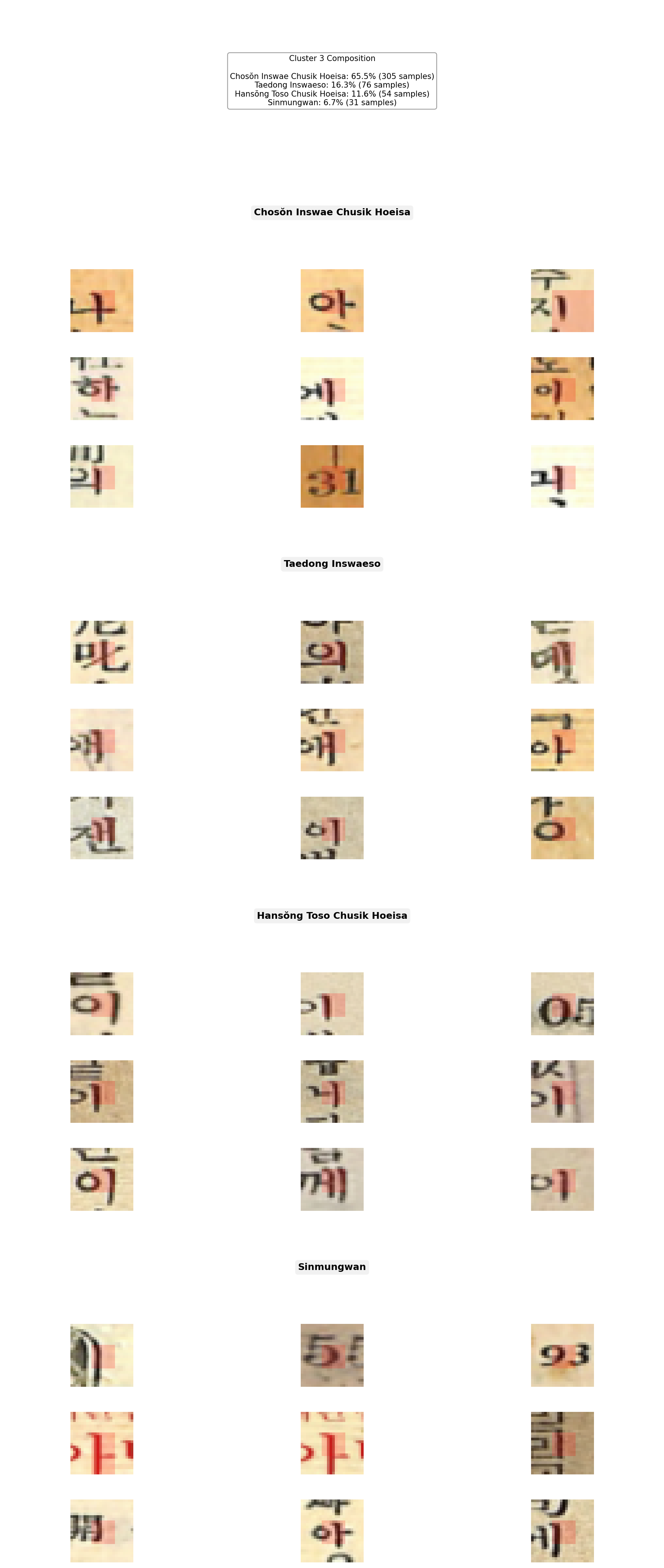
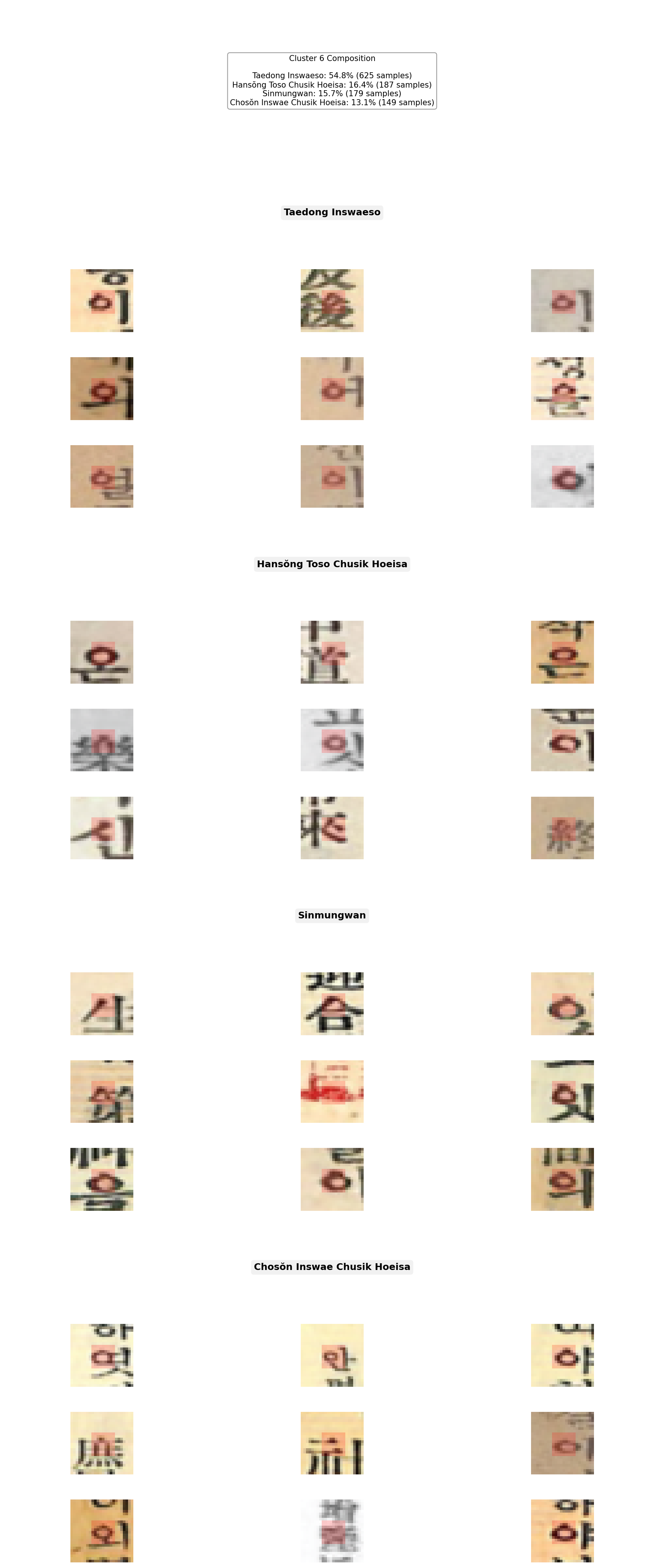
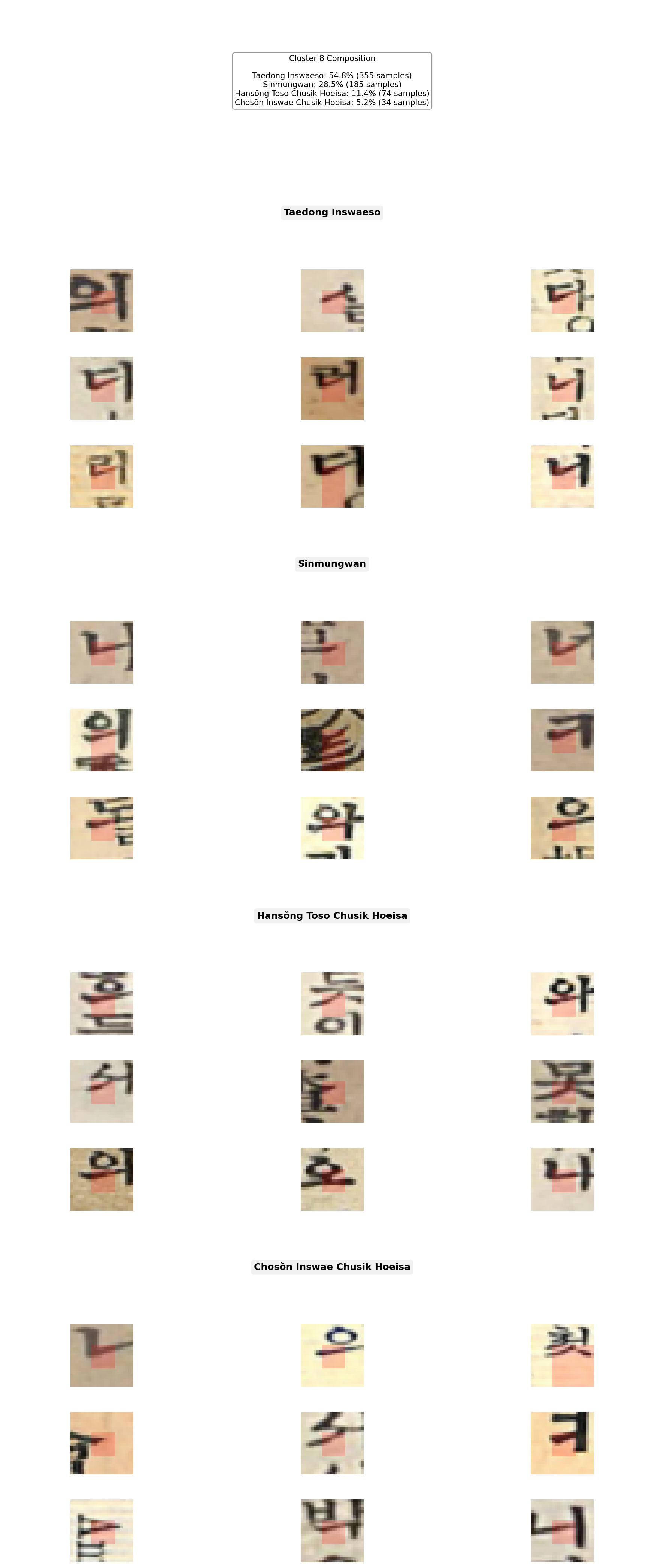
Compared



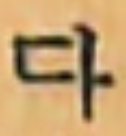
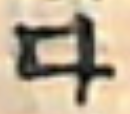
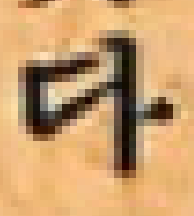
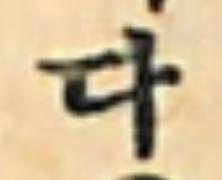
Features over Time
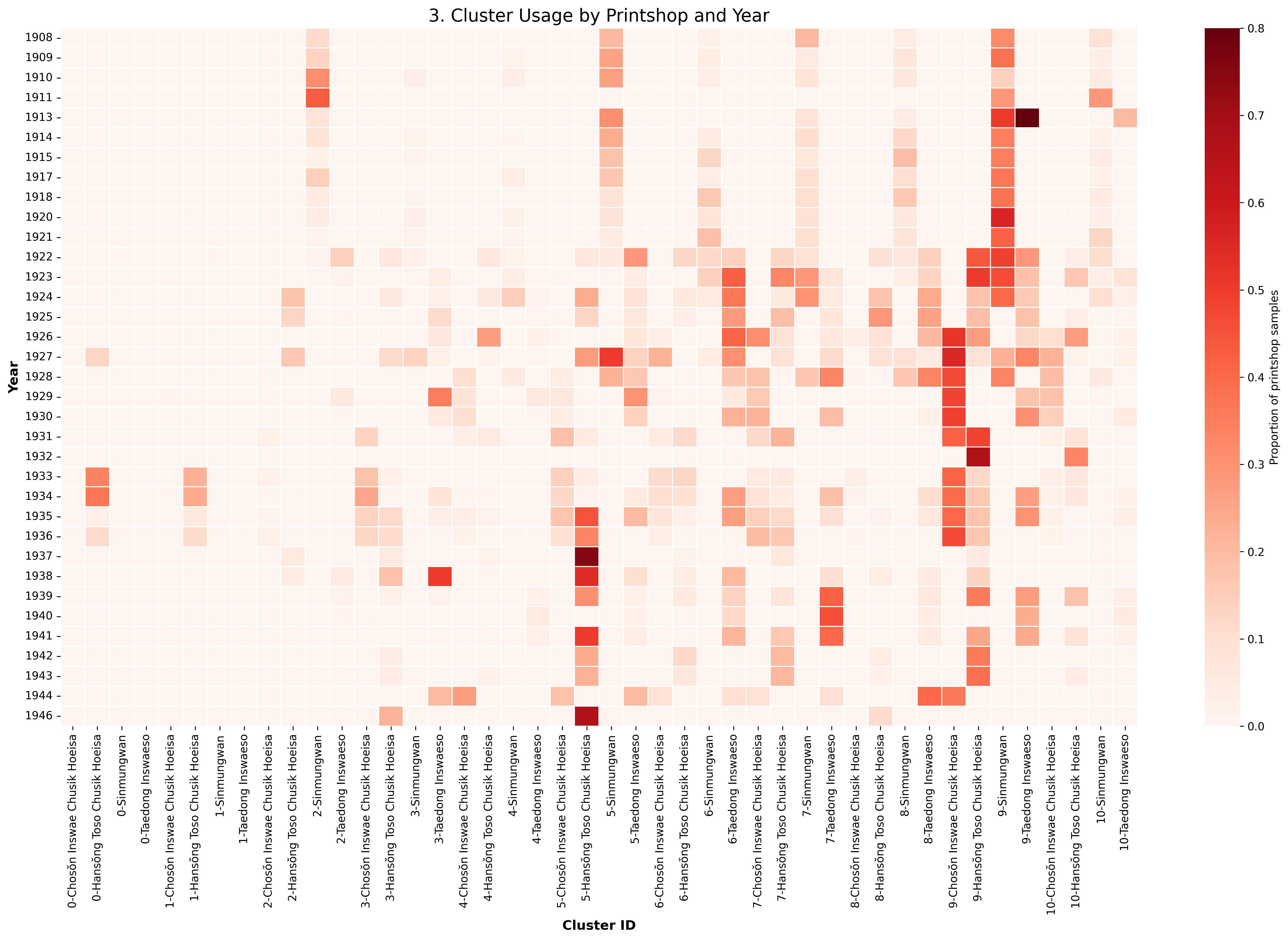
Shifts in Features
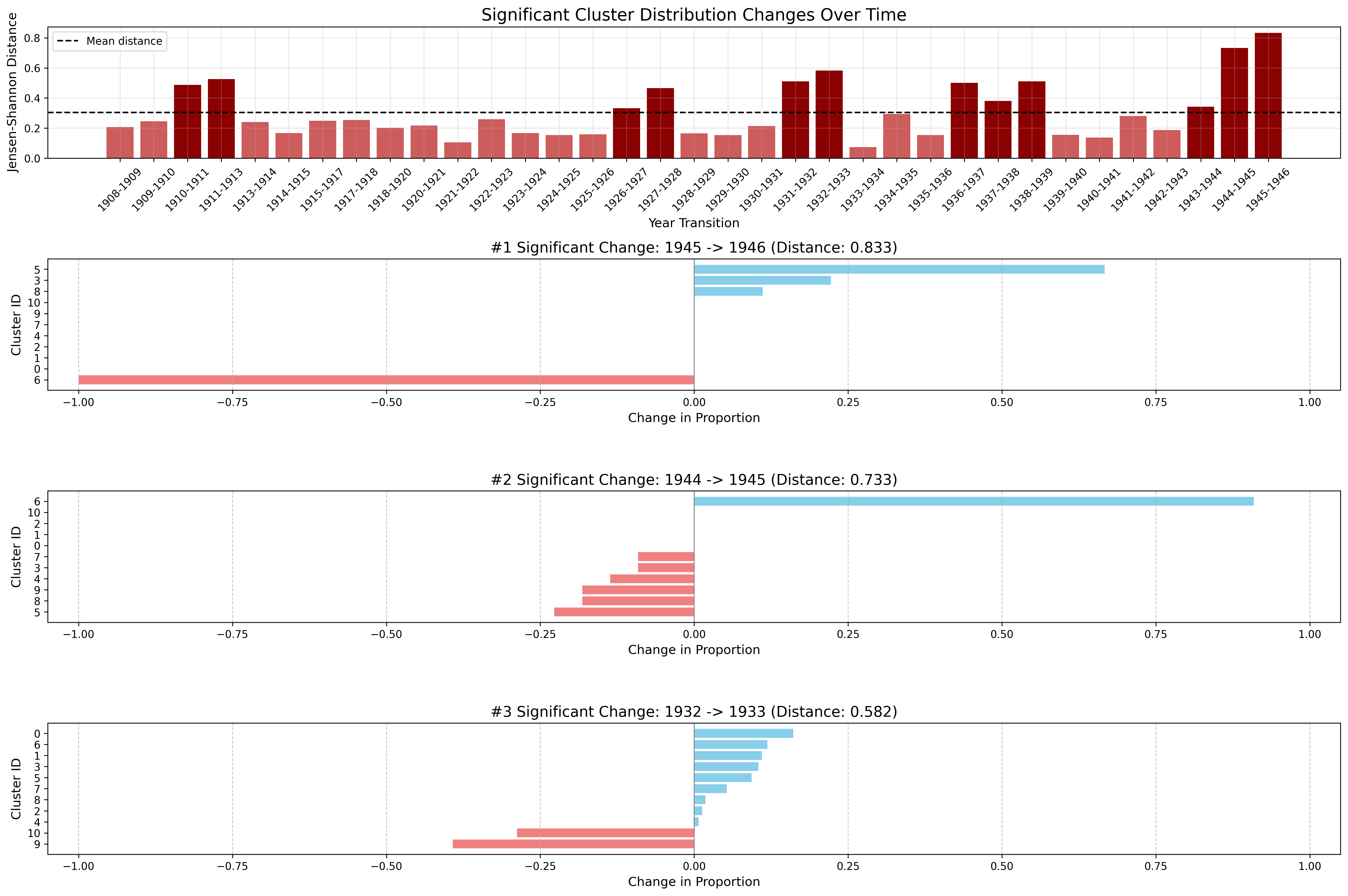
Further
- Bags of Patches as feature, not singular patch
- Improvements on Clustering
- Move to typology of printshop
Thank you
Referenced Works
Cai, Linghan, Shenjin Huang, Ye Zhang, Jinpeng Lu, and Yongbing Zhang. “Rethinking Attention-Based Multiple Instance Learning for Whole-Slide Pathological Image Classification: An Instance Attribute Viewpoint.” arXiv, March 2024. https://arxiv.org/abs/2404.00351.
De Fremery, Peter Wayne. “How Poetry Mattered in 1920s Korea.” PhD thesis, Harvard University, 2011.
Deng, Ruining, Can Cui, Lucas W. Remedios, Shunxing Bao, R. Michael Womick, Sophie Chiron, Jia Li, et al. “Cross-Scale Multi-Instance Learning for Pathological Image Diagnosis.” Medical Image Analysis 94 (May 2024): 103124. https://doi.org/10.1016/j.media.2024.103124.
Gadermayr, Michael, and Maximilian Tschuchnig. “Multiple Instance Learning for Digital Pathology: A Review of the State-of-the-Art, Limitations & Future Potential.” Computerized Medical Imaging and Graphics: The Official Journal of the Computerized Medical Imaging Society 112 (March 2024): 102337. https://doi.org/10.1016/j.compmedimag.2024.102337.
Hyundam Mun’go Foundation. “Hyundam Mun’go Collection.” Archive, 2021.
Javed, Syed Ashar, Dinkar Juyal, Harshith Padigela, Amaro Taylor-Weiner, Limin Yu, and Aaditya Prakash. “Additive MIL: Intrinsically Interpretable Multiple Instance Learning for Pathology.” arXiv, October 2022. https://doi.org/10.48550/arXiv.2206.01794.
Lundberg, Scott M, and Su-In Lee. “A Unified Approach to Interpreting Model Predictions.” In Advances in Neural Information Processing Systems 30, edited by I. Guyon, U. V. Luxburg, S. Bengio, H. Wallach, R. Fergus, S. Vishwanathan, and R. Garnett, 4765–74. Curran Associates, Inc., 2017.
Maron, Oded, and Tomás Lozano-Pérez. “A Framework for Multiple-Instance Learning.” Advances in Neural Information Processing Systems 10 (1997).
Papadopoulos, Alexandros, Fotis Topouzis, and Anastasios Delopoulos. “An Interpretable Multiple-Instance Approach for the Detection of Referable Diabetic Retinopathy from Fundus Images.” Scientific Reports 11, no. 1 (July 2021): 14326. https://doi.org/10.1038/s41598-021-93632-8.
Selvaraju, Ramprasaath R., Michael Cogswell, Abhishek Das, Ramakrishna Vedantam, Devi Parikh, and Dhruv Batra. “Grad-CAM: Visual Explanations from Deep Networks via Gradient-based Localization.” International Journal of Computer Vision 128, no. 2 (February 2020): 336–59. https://doi.org/10.1007/s11263-019-01228-7.
Seuret, Mathias, Saskia Limbach, Nikolaus Weichselbaumer, Andreas Maier, and Vincent Christlein. “Dataset of Pages from Early Printed Books with Multiple Font Groups.” In Proceedings of the 5th International Workshop on Historical Document Imaging and Processing, 1–6. HIP ’19. New York, NY, USA: Association for Computing Machinery, 2019. https://doi.org/10.1145/3352631.3352640.
Waqas, Muhammad, Syed Umaid Ahmed, Muhammad Atif Tahir, Jia Wu, and Rizwan Qureshi. “Exploring Multiple Instance Learning (MIL): A Brief Survey.” Expert Systems with Applications 250 (September 2024): 123893. https://doi.org/10.1016/j.eswa.2024.123893.
Yang, Yang, Yanlun Tu, Houchao Lei, and Wei Long. “HAMIL: Hierarchical Aggregation-Based Multi-Instance Learning for Microscopy Image Classification.” Pattern Recognition 136 (April 2023): 109245. https://doi.org/10.1016/j.patcog.2022.109245.
Dataset
- We scraped the Hyundam Mun’go for magazines & paperbacks dating between 1900-1950.1
- 177.101 Images of Pages.
- 14.597 Publications.
- Contributions of 202 unique print shops.
- 2552 Publishers.
- 787 Distribution outlets.
